Caring for Bamboo Fly Rods
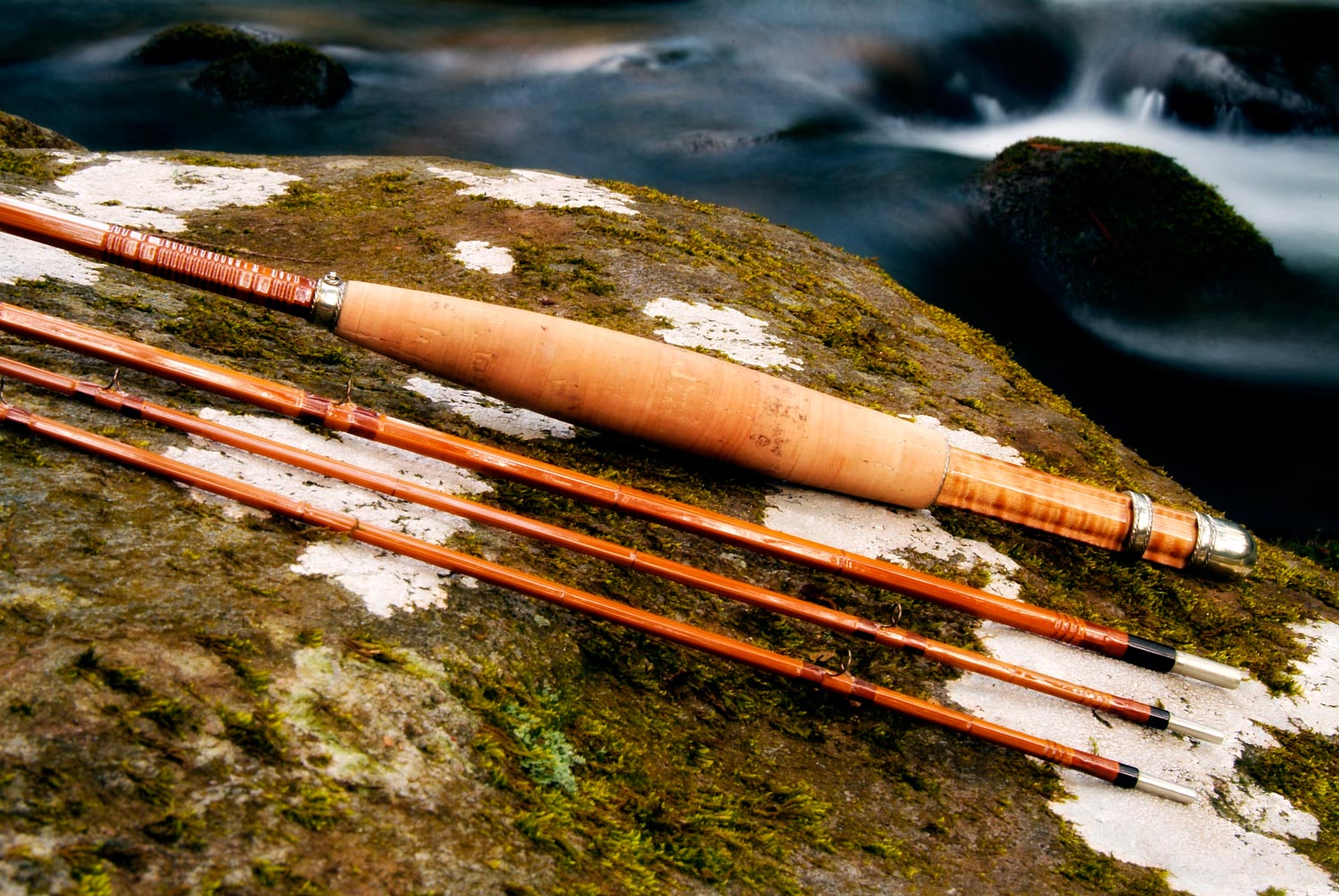
I’ve had several folks request some content on making simple repairs to bamboo fly rods.
I fully intend to to that for you, but it means that I have to find the time to get in the shop. That seems unreasonably difficult these days. Before I get into doing repairs, I thought it would be prudent to write about caring for that bamboo rod and maybe avoid some repairs all together.
Bamboo is not as finicky as most people think. In fact it’s remarkably tough but there are some basic rules for handling and storing rods that will add to their longevity significantly. Unfortunately, too many guys end up with a nice bamboo rod before they know how to care for it and learn the hard way.
Most guys start out with graphite rods and assume that you treat a bamboo rod the same way. It’s a fly rod, right? Yes, but the materials are very different and some very common practices that are fine with a graphite rod will do serious harm to the boo.
General Care
I’ll start with the simplest and most common thing boo nubes do to their rods.
No-Tech Flats Boots
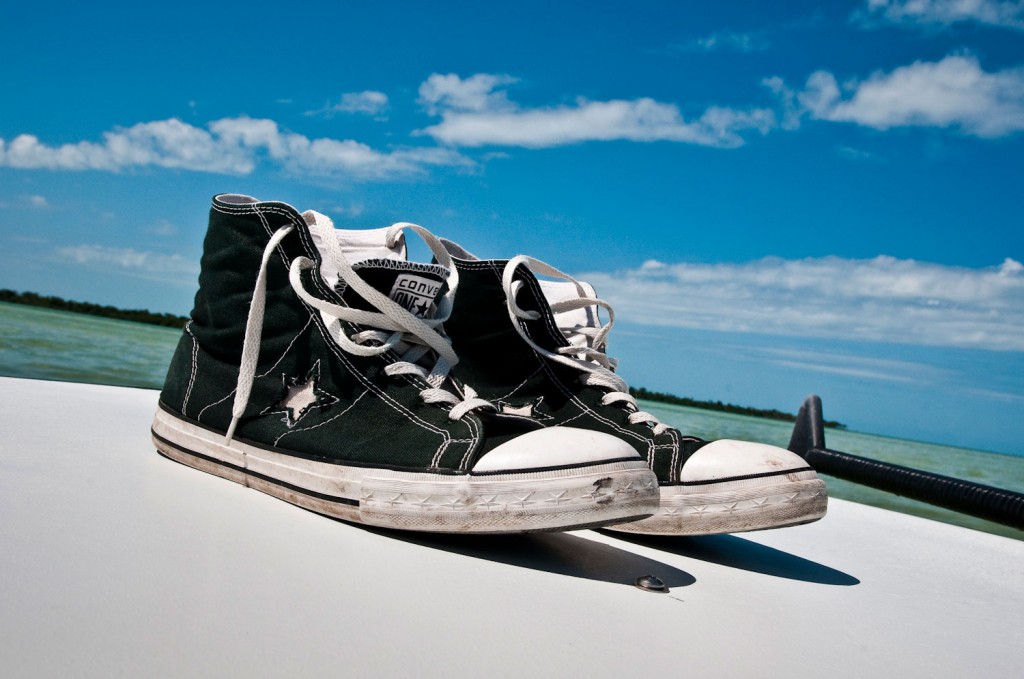
Want to do a little wading on the cheap?
A few years ago I was fishing in the Bahamas with my friend Kirk Deeter. We stopped to get out of the boat and wade to some tailing bonefish and Kirk pulls out a pair of Converse All Stars. We grew up calling them Chucks but Kirk calls them flats boots. I couldn’t help but see the brilliance of it. Kirk explained that he bought a pair of these cheap high tops when he was headed to the salt, wore them for the week, then pitched them. Not even flying home with dirty wet boots. Smart guy.
So the next time I headed to the keys I made a stop at Target where I discovered these. Converse One Stars. Important distinction, not all stars just one star. Like the one star motels I usually end up in. I bought them because they were cheap, and handy. Thirty five dollars at Target, but it turned out great. I actually like them better than the Chucks. Here’s why.
Following Kirk’s lead, I planned on throwing them away at the end of the week. Kirk had explained that the Chucks were only good for that long because the metal grommets rust from exposure to salt water. The cheap One Stars have no grommets, so no rust. They also don’t have
Read More »Expedition GRAYLING
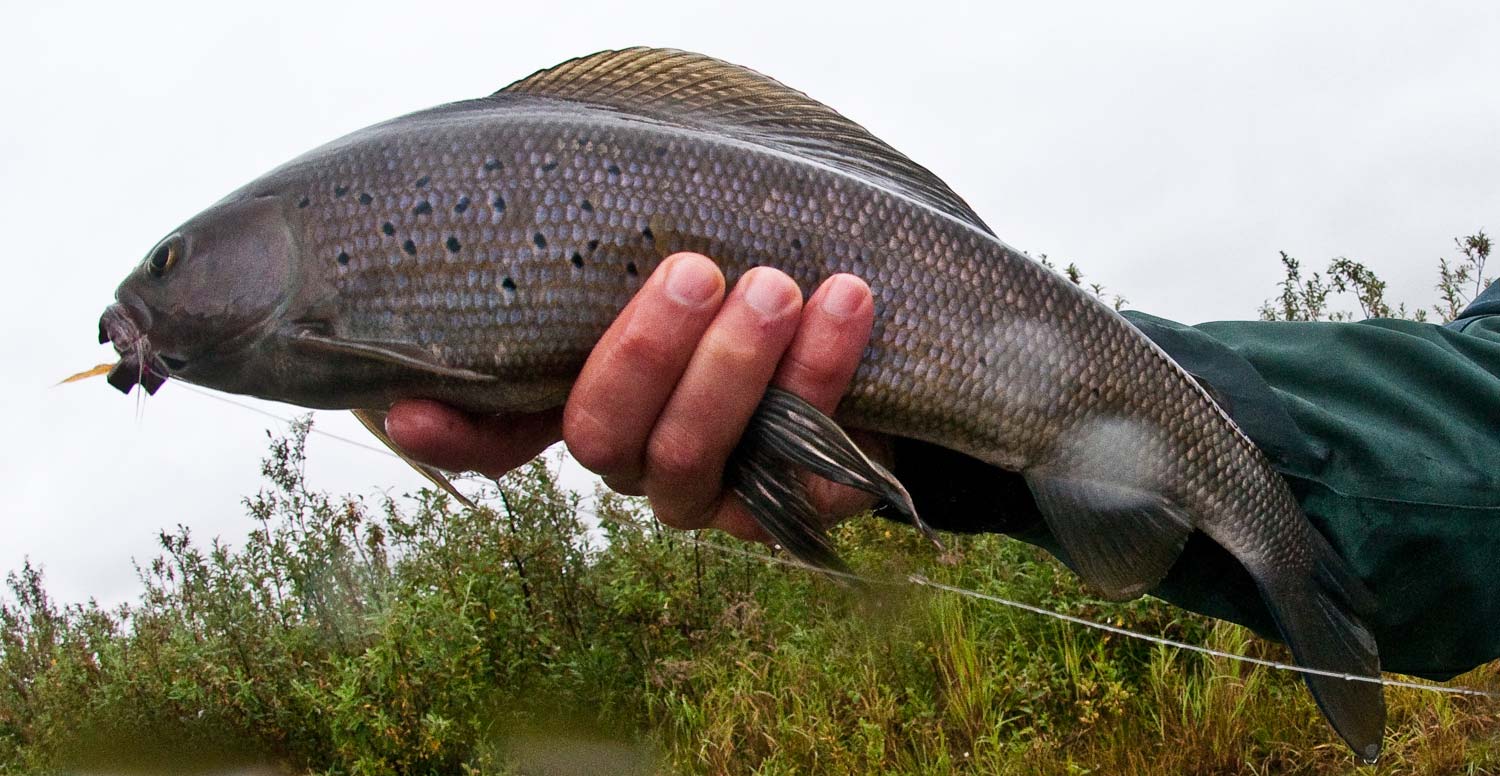
By Brian Kozminski
In the not too distant future, there is the real possibility of anglers who wade in Northern Michigan’s cold waters to have the opportunity to catch a once native Arctic Grayling. Imagine the potential. Rewriting history in our lifetime. This is truly Epic.
Walking through a dense fog in early morning, you can feel the dew brush off the ferns as you meander through poplar, birch and cedar fens, the aroma of promise and wet forest floor meet your anticipation of fish rising as you reach the river. As early as 2025, one may have the opportunity to catch brook, brown, rainbow trout and Grayling in the Jordan, Maple, Pigeon or Manistee Rivers.
This Project is one part science, one part fantasy and two parts funding. The research is being conducted at MSU fish rearing facility where Nicole Watson, PhD, is doing what she claims to be her dream job. It is better to see her face in person as it lights up when she talks about how she went to the Chena River, Alaska, to fish and pick up her babies to bring back to Michigan. Small trials as they packed a couple hundred eggs in a small cooler with gels packs thats should have been ‘cool’ to go through TSA, but not once they melted and turned to liquid, jeopardizing the livelihood of a yet future char offspring. She is a very intelligent, bright, personable scientist, as well as a very fishy chick- you can tell that in a few moments just by chatting with her. We met a few years ago on the Upper Manistee when her then finance and her were about to embark on a midnight mousing trip and we exchanged benevolent wishes and steelhead migratory research she was working on at the time. This Grayling Project is like a dream come true. Think about it- we are hoping to find a river that can suitably sustain a species that has been extirpated from its once native waters. A few factors made this happen nearly 100 years ago. As the lumber era boomed and white pine stands were toppled and shuttled down the rivers each spring, we eroded naturally protected banks and introduced more sediment to the watershed. Combined with loss of habitat and spawning grounds, the Grayling were reportedly very easy to catch, often, three or four at a time on one line. The last Grayling was reportedly caught in 1936 in the Otter River of the Upper Peninsula. The Michigan Department of Natural Resources has attempted to re-introduce Grayling back in the 80’s. Some dozen kettle lakes and small rivers near Pigeon River Country were used to rear 145,000 yearling for control sites, but disease and infection, perhaps predation wiped them out in a couple years. What makes this attempt more valid? Where is the funding coming from? Why is the DNR behind it?
First things first. This began as a collateral research project for Michigan Tech and Little River Band of Ottawa Indians as a re-introduction of Native Species Grant, it has gained attraction and momentum in the passed five years. The DNR is working with LRBOI and money has been set aside from various donors – Petoskey-Harbor Springs Community Foundation, Traverse City Rotary, Oleson Foundation, Michigan Trout Unlimited, Consumers Energy, and Henry E. and Consuelo S. Wenger Foundation have graciously donated to the cause. The biggest hurdle was
Read More »Flats Fishing is not All Sunshine
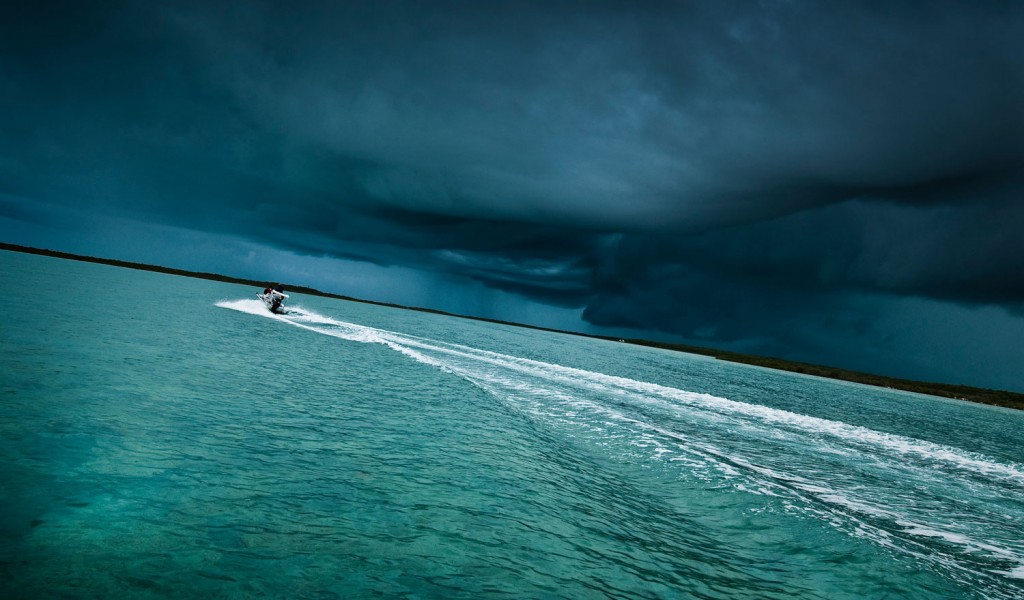
I was in The Fish Hawk picking up a few things before heading to the Florida Keys for my first ever week of flats fishing.
My friend Gary Mariman asked me where I was going. When I told him he gave me a piece of advice that saved my trip.
“Take a fleece,” were the first words out of his mouth.
“Really?” I thought. It was already warm enough in Atlanta that I wasn’t carrying a fleece. “You’ll freeze your ass off,” he insisted. Gary, the creator of the Tarpon Toad, knows a thing or two about flats fishing so I took his advice and he was right. I’d have died without that fleece.
It’s tempting to think that it never gets cold in the tropics but I have fished in the Bahamas in two layers of fleece. That was highly unusual but I’ll never go down there without one. I’ve fished in the Keys in April when the temperature never made it to seventy. Even if it’s not uncomfortable to fish in shirt sleeves, running in the boat can get chilly.
The big couplet is water. If you get caught in the rain or splashed by spray you can get hypothermic on a chilly run. You never want to be on a flats boat without rain gear no matter what the weatherman says. The spray from the ocean is just as wet as the rain. Carry a good
Read More »Bring Enough Line Holder
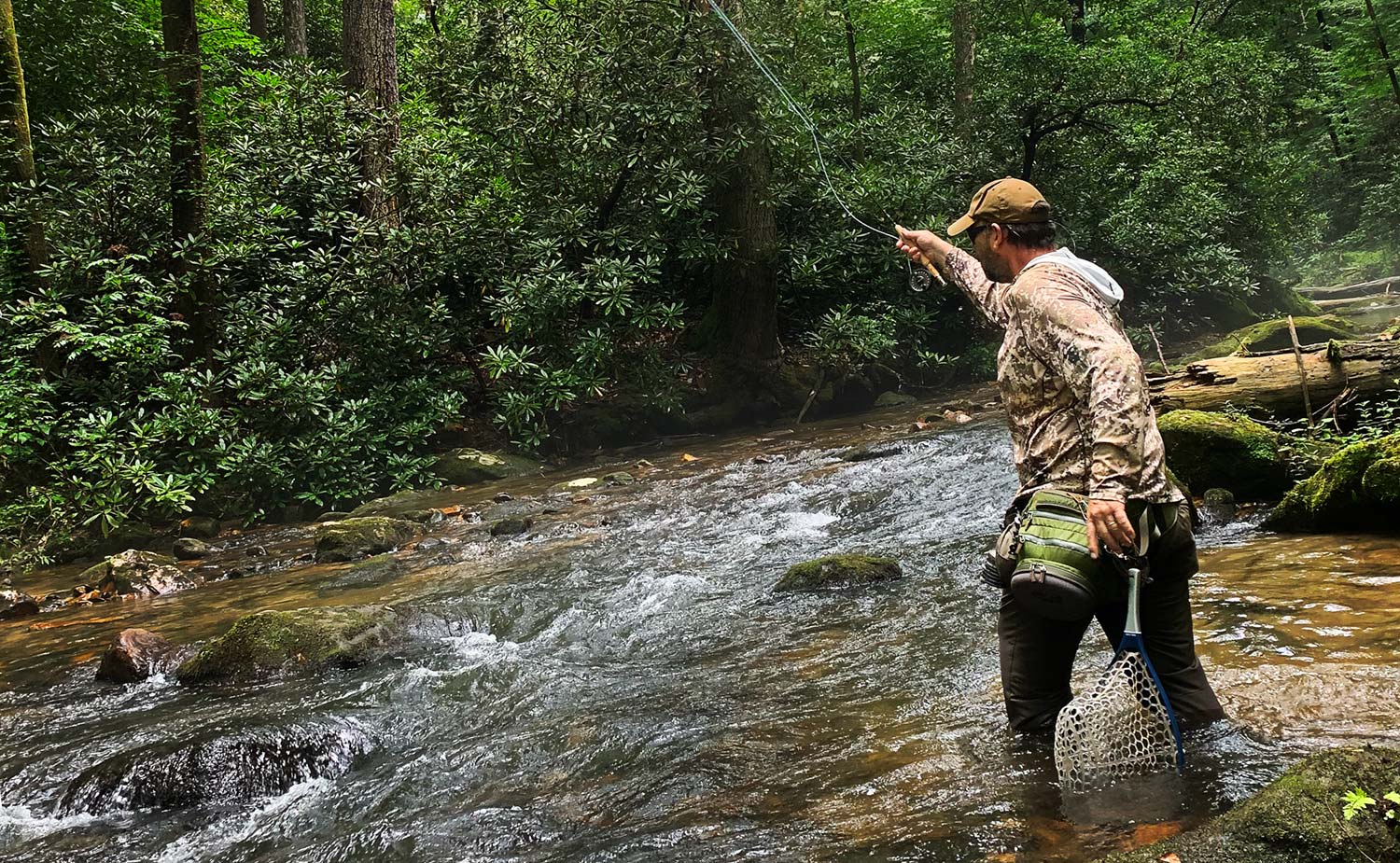
By Louis Cahill
I got to feeling nostalgic the other day and it bit me in the ass.
Last week Jason Tucker and I slipped out for a little small stream fly fishing. Our destination was a little mountain gem I have fished for more than twenty years. As pretty a stream as you’ll find anywhere and full of wild trout. Like most streams this size, it offers an average fish size of eight to ten inches. While those little guys are beautiful, fun, and no pushovers, anyone who has devoted serious time to this stream knows there are much bigger fish lurking there. Every now and then a skilled angler will tangle with fish over twenty inches. You have to be good and lucky but they’re there.
Those of you who follow closely know that I am still recovering from multiple surgeries and am really just getting my boots wet for the first time in well over a year. I’m still not too sure on my feet and have just been enjoying getting out with friends and not putting much pressure on myself to perform, which is honestly pretty awesome. I had a new line I wanted to try out and, not being sure how I’d like it, I scrounged around for an empty reel to put it on, rather than strip off my trusted four weight line.
I came across an old classic click and pawl reel I haven’t fished in decades. I got to thinking about all the fish I’d put on that reel in the years I fished it hard. Back when I was fishing exclusively homemade bamboo rods, I used old classic reels like this one, many of them handed down. This was the first one I bought for myself. Maybe my first significant fly gear purchase. It’s a great old reel. An Orvis Battenkill from the old days, with plenty of life left in it. A simple trout reel with click and pawl drag. Plenty of reel for eight to ten inch fish, right? I’m guessing you can see where this is headed.
“A TROUT REEL IS JUST A LINE HOLDER.”
I’m sure you’ve heard that plenty of times. Maybe you’ve even said it.
Read More »Listen to the Fish
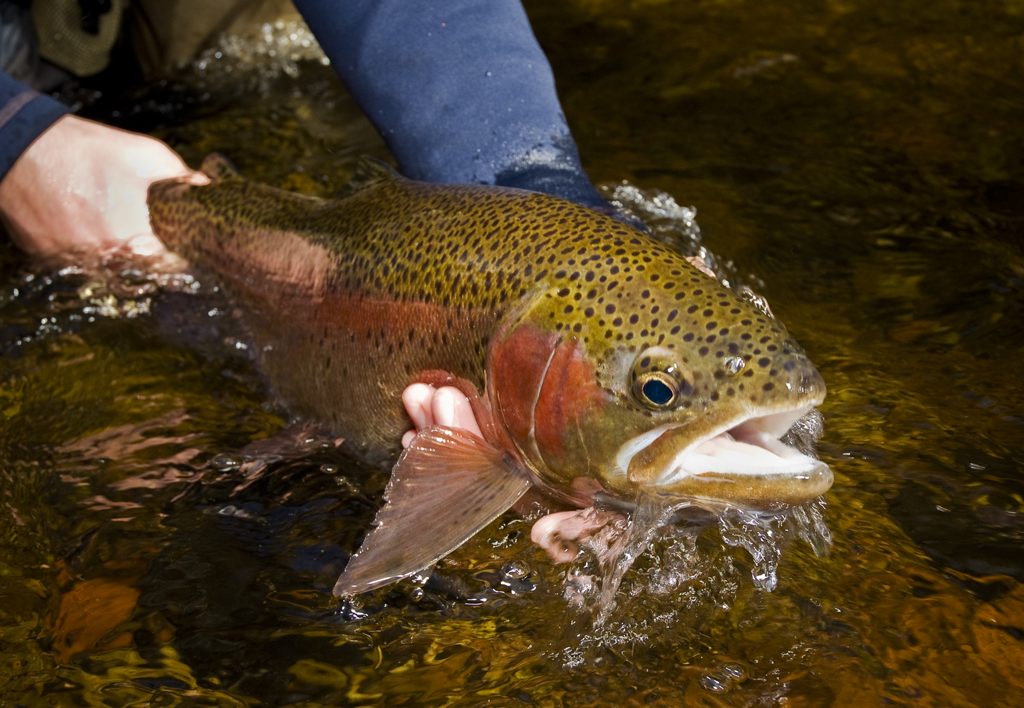
Sometimes all fly fisherman need to do to find success when their not having luck is slow down, and take the time to listen to the fish.
Trout can’t speak to us in words, but they do often provide us with subtle clues from their behavior that can help us catch them. That is, if we’re paying close enough attention to pick up on them. Not long ago, I was on the water guiding one of my favorite clients during an unusually cold early fall overcast day. A cold front had rolled in the night before and it had completely shut down all bug activity on the surface. There wasn’t so much as a single midge in the air, so we opted for drifting nymphs below the surface and began catching trout. As we broke for lunch, I noticed the clouds beginning to break up and the sun starting to find its way down to the ground in spots. Refueled, we headed up to a productive bend in the river to resume our fishing. As we crept down to the waters edge, I saw a large slurp from a big fish on the surface. It came at the tail-end of the bend, from a bath tub sized spot where the sun was shining down on the water. Both of us froze in total shock and amazement. It was the first surface activity we had seen all day and we waited with anticipation to see if the big fish would rise again. A few minutes went by with nothing. I scanned the water to see if I could see what the big fish had taken on the surface, but I saw no signs of food drifting in the current.
Convinced, the big fish rise was an omen, I snipped off the nymphs, added a couple feet of tippet and tied on a big black foam beetle. I handed the rod to my client and instructed him to quietly get into position and present the beetle slightly upstream of where the big fish rose. He obliged with a perfect cast and we watched the beetle intently as it began slowly drifting through the big fish’s kitchen. Nothing happened at first, but just when both of us were about to give up on the drift, we saw a large wake heading downstream towards the beetle. Next, a huge head broke the surface with jaws wide open and the beetle was devoured. God save the queen, the hook was set and we battled the fish up and down the river for several minutes before bringing that vibrant red-striped 24″ rainbow trout to the net. That fish was absolutely beautiful but the take was even more. I’ll never forget being abel to stare down the mouth of the fish just before it chomped down on the beetle. It was a front row seat to an amazing rise that you don’t see very often.
Here’s the funny part. We worked our way upstream fishing that beetle in several more spots just like the one that produced the big rainbow, but it produced no take, not even a single follow. We eventually snipped off the dry and were forced to fish subsurface again to resume catching fish. Next time you see a random rise on the river and you’re rigged up with nymphs, I don’t care how horrible the dry fly conditions are, listen to what the fish is trying to tell you and tie on a dry fly. Doing so, you may experience the same success we did. It doesn’t work all the time, but more times than not.
Examples of fish language
Read More »Mighty Waters

By Louis Cahill
This film struck a chord with me.
You owe it to yourself to watch it. If you’re interested in my story and what it meant so much to me, read on, but don’t feel like you have to.
I’d like to thank Simms, Costa, The American Museum of Fly Fishing and Cold Water and Cold Water Collaborative for this fine film.
MIGHT WATERS
Read More »Merican Nymphing
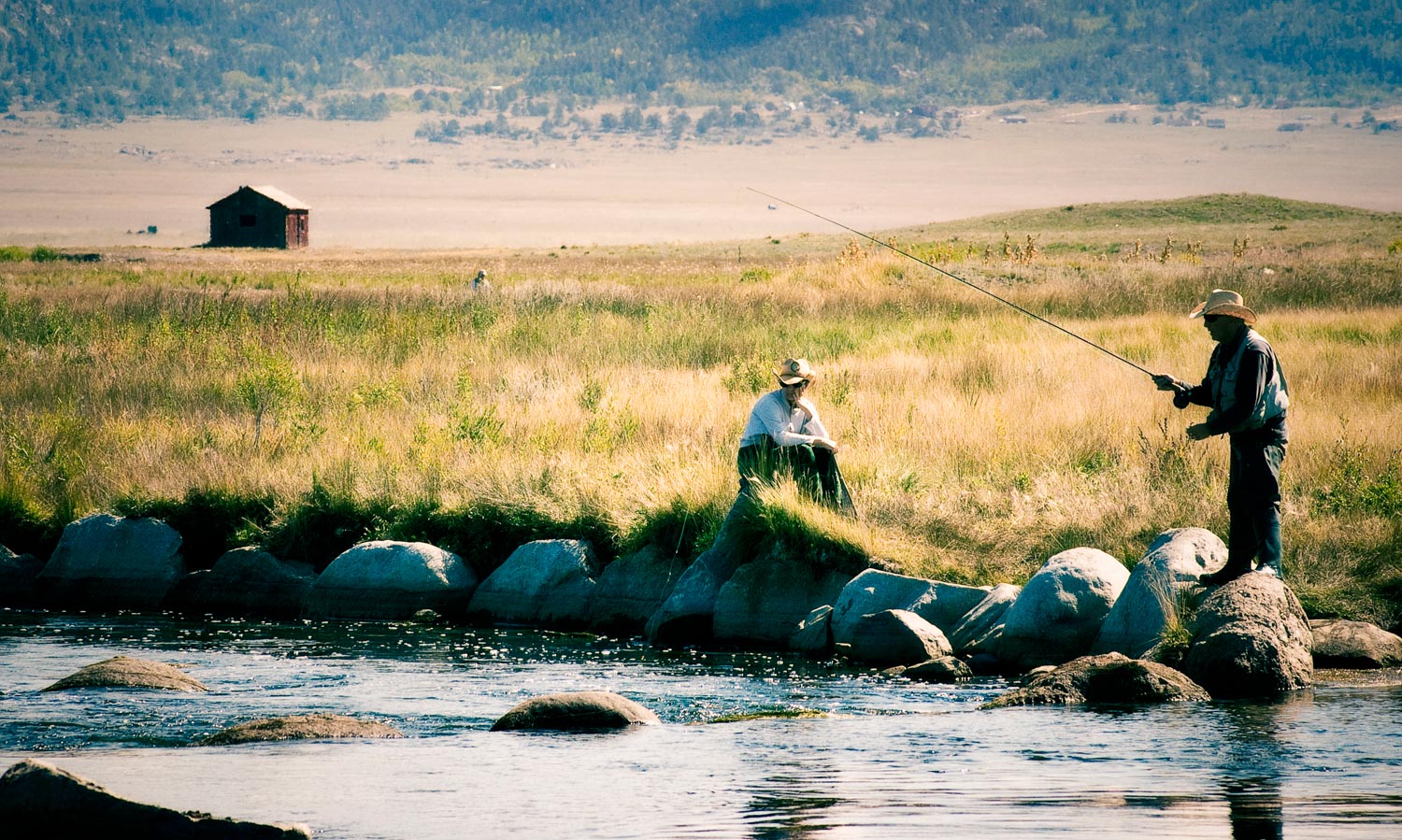
By Johnny Spillane
THERE IS A LOT THAT GOES INTO INDICATOR NYMPHING.
There are many different types of nymph fishing, Czech nymphing, French nymphing etc, but I’d like to think that what we do in Colorado and most of the west could be classified as ‘Merican Nymphing. Might as well give it a name. There are many different options and many more opinions on this style of fly fishing but we will keep it simple in this post and address it’s applications.
First off, how do you choose your indicator? They all serve their own purpose, I use Thingamabobber or Fish Pimp products but there is something to be said for old school yarn or pinch on indicators. Whatever product you choose, keep in mind its application because that will play a big role in what will work the best for you. If you’re moving around and changing depth frequently, something that doesn’t destroy your leader and is easy to adjust might be best. If you’re constantly fishing the same depth with minimal weight, a pinch on indicator might be better.
There are many different ways to nymph fish with an indicator, but the number one thing you need to keep in mind is that the goal is to put the fly where the fish are. Setting your depth, in my opinion, is far more important then fly selection. How well does a fly work if it is 2 feet above or below where a fish is feeding? You can change patterns until you are numb but unless you are putting the fly in the fishes feeding column, more often then not you will not get a strike. This holds especially true on
Read More »A Team Approach To Landing Big Fish

WHEN LANDING A BIG FISH YOU NEED THE DECK STACKED IN YOUR FAVOR.
On my recent trip to Alaska West, I hade ample opportunity to practice big fish landing skills. We fished from the boat a good bit and it seemed like every five minutes we were battling another huge rainbow. Landing big Alaska rainbows in a river full of snags and very heavy current is no cake walk. With a little teamwork and cool head though, you can stack the deck in your favor.
Ultimately, you want to be out of the boat when you close the deal. Being on firm footing with both the angler and the net-man able to move independently is crucial. This allows you to fight the fish strategically and take advantage of every opportunity to put him in the net. In order for everything to go smoothly, everyone on the boat should be on the same page and know their roll.
Generally, when you stick a big fish, you know it. Even if you haven’t seen him, his behavior should give you a clue. If he bulldogs you right from the start, feeling like a throbbing log on the river bed or begins to move calmly upstream, you’re in for a long tussle. If he goes ballistic, jumping or making a big downstream run, you’re in crisis mode from the word go. As an angler, it’s in your best interest to let your buddies know what’s happening on the other end of the line so they can react accordingly.
As the oarsmen, you want to try and stick with the fish in the crucial first moments of the fight. If he’s bulldogging, try to hold your angler just downstream of the fish. That will help him keep a good ninety degree connection to the fish without getting a bunch of line off the reel. Once the fish starts to move downstream, go with him. If he makes a big downstream run, it will be easier to close the gap while still in the boat. In either instance, it’s important that the oarsman move the boat to keep the fish away from hazards that might catch the line.
If you are the second angler in the boat and you are not also hooked up
Read More »Is the Fly Fishing Industry Making Us Soft?
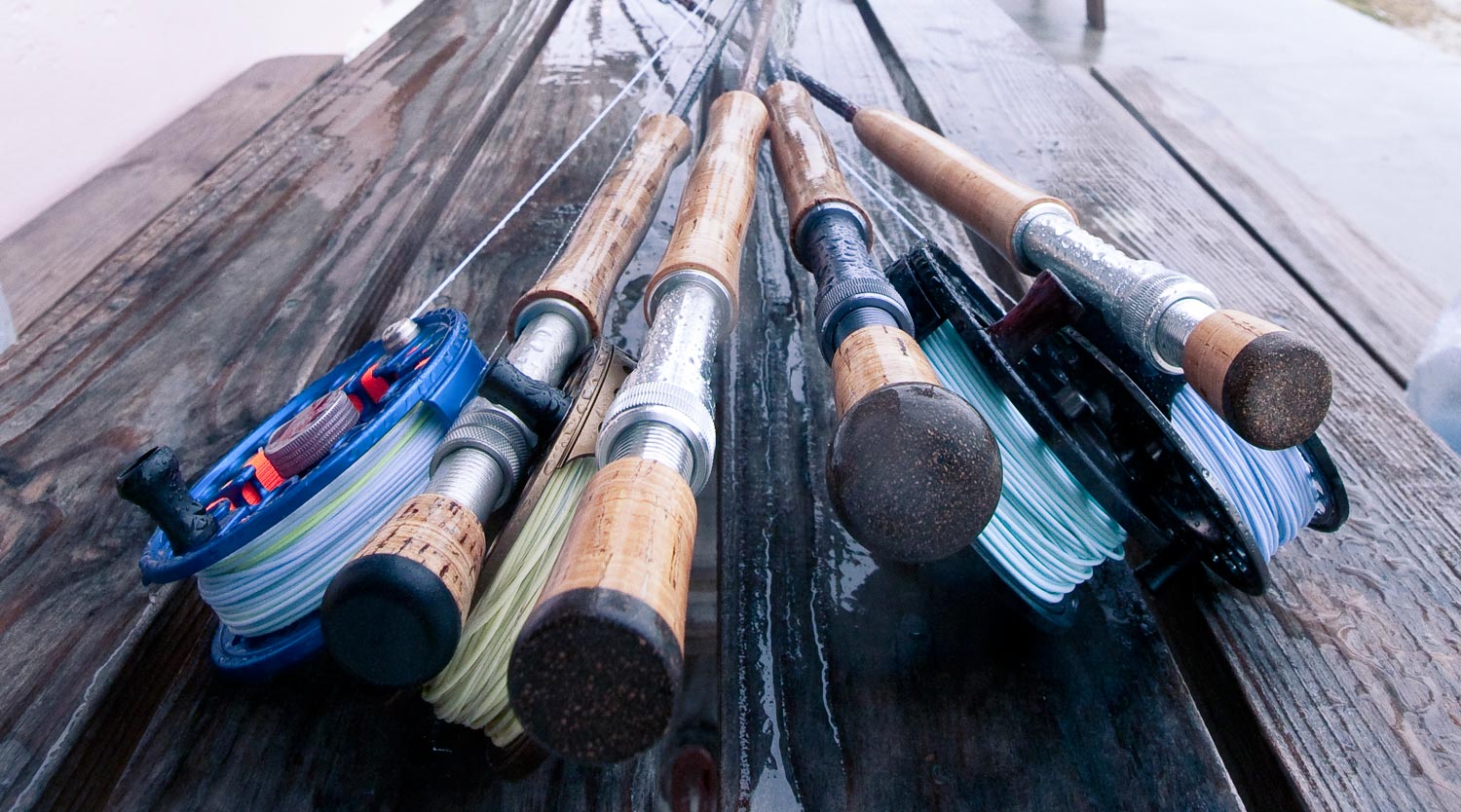
By Paul Puckett
I DON’T EVEN KNOW IF THAT IS THE RIGHT WORD OR RIGHT WAY TO DESCRIBE WHAT I MEAN.
Being in this industry for just over 20 years, I have seen a lot of changes. Changes in the people who fish, the way they fish and what they fish with. You don’t have to work hard anymore to do something amazing.
It seems like all the good spots are so exposed, and anglers feel entitled to so much, because they spent $1200 on a blue fly rod, a silver reel with floating tapered fly line. Don’t get me wrong, I am a gear junkie, just like 90% of people who fly fish. But has it gotten out of hand? Has the industry forgotten that fly fishing is about simplicity?
Every high end rod that has come out, in the past ten years, casts great. At least good enough to call it a “good” fly rod. My 5 and 6 weights are still Sage RPL’s from 1995 and I don’t plan on changing anytime soon. I remember when Ross made two reels, the Cimmaron and the Gunnison. That’s all we needed, because they were awesome. Now we have aero this, polymer that, composite those. Remember when Simms had one wader, and it was indestructible? I just retired my Simms guide waders from 1998 this year. That’s 15 years and a lot of fishing, sitting, hiking and seam sealing.
I am not saying we have to go back to the “turntable” record players of fly fishing, but I wish more people would appreciate the foundations of the sport. Cast a fiberglass rod or even bamboo. Hold on to good equipment, keep
Read More »